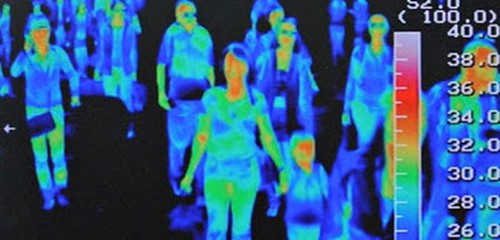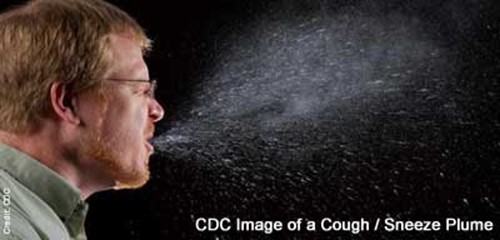|
Between July 28-31 , 2014, AlertsUSA issued the following |
| 7/31 – USGOV issues new travel warning for Liberia, Sierra Leone and Guinea over Ebola outbreak. Travelers heading to or through region should take heed. 7/31 – W. Africa Travel Warning is a Level 3 Travel Health Alert (highest) from the CDC. Warns against any nonessential travel to the region. 7/28 – CDC issues warning re Ebola in W Africa, urges travelers in region be cautious and avoid blood & fluids of sick persons, warns of poss of bringing virus to US. |
|||
|
What You Need To Know |
|||
| On three occasions this week AlertsUSA subscribers were notified via text messages to their mobile devices concerning US government warnings and actions regarding the spread of the Ebola virus in West Africa. Early in the week the Centers for Disease Control issued a Level 2 Travel Health Alert advising U.S.-based health-care workers to be aware of the symptoms of Ebola and to grill patients about recent their travel histories. U.S. Embassies in Liberia, Sierra Leone and Guinea issued fresh cautionary statements and reminders for travelers to the region again advising the avoidance of sick individuals and contact with bodily fluids. As case numbers grew over the next few days, including the infection of trained medical personnel, the CDC issued a Level 3 Travel Health Alert, the highest level, warning people to avoid all nonessential travel to the three countries experiencing the current outbreak. It is important for readers to recognize the importance of this move. Each year hundreds of thousands of U.S. citizens visit these countries for tourism and a wide variety of business endeavors. For the CDC to make this move for three nations simultaneously is significant and speaks volumes about the seriousness of the threat to American citizens and interests.
Global health authorities are currently racing to track down approximately 30,000 individuals who may have come in contact with an American man of Liberian descent who died in Nigeria earlier this week on his way to the U.S.. This includes people at any of the four airports he visited during his plane travel as well as in Nigeria’s capital Lagos. There are reports in Nigerian newspapers that airport workers with whom the American had contact are already showing signs of infection. U.S., Canadian, European and Asian health authorities are on high alert at points of entry, as well as in major airline hub cities serving travelers coming out of the region. International airports, airline staff, customs and immigration officials and the ever present ranks of TSA are monitoring travelers using a variety of means, including thermal cameras, to identify ill travelers.
WHAT THIS MEANS TO YOU This outbreak will likely continue for months to come. The fact that the virus is spreading in major regional population centers with poor health standards, inadequate medical infrastructure, cultural adversity to containment efforts and and a lengthily incubation period (currently rated from 2-21 days) literally assures a slow burnout and the ongoing spread of the virus for the foreseeable future. The longer the problem exists, the greater the threat of the virus being carried to N. America. As health authorities are fond of saying, it is “only a plane ride away.” AlertsUSA strongly recommends that airline travelers, including domestic passengers, become hyper sensitive about their proximity to those visibly ill during your trips. While health authorities stress that Ebola is not airborne, a fact they chose to dance around is that
Given that planeloads of individuals arrive hourly from impacted international locations, only to then diffuse into the domestic airline network, your increased, polite vigilance can only be a benefit to your overall safety. We also feel it is prudent to point out that while the current “hot zone” is West Africa, take note of the fact that this region is widely visited and populated by individuals of European, Middle Eastern and Chinese descent. KNOW THE LAW Readers may find it useful and eye opening to understand the extent to which federal and state government can go in order to contain a domestic outbreak of communicable diseases. CDC Resources Legal Authorities for Isolation and Quarantine Specific Laws and Regs Governing the Control of Communicable Diseases Final Rules for Control of Communicable Diseases: Interstate and Foreign
Executive Order (July 31, 2014) Model State Emergency Health Powers Act (MSEHPA)
Start now to make sure you are staying prepared.
|






 Follow
Follow
Leave a Reply